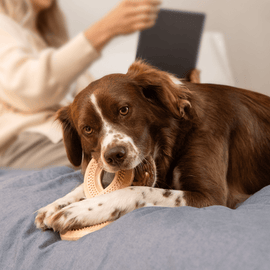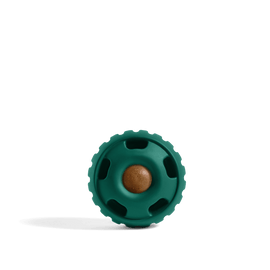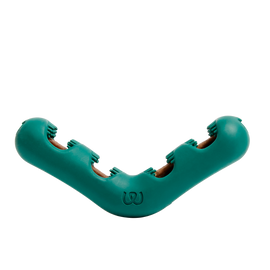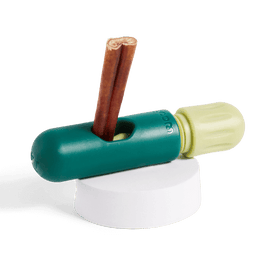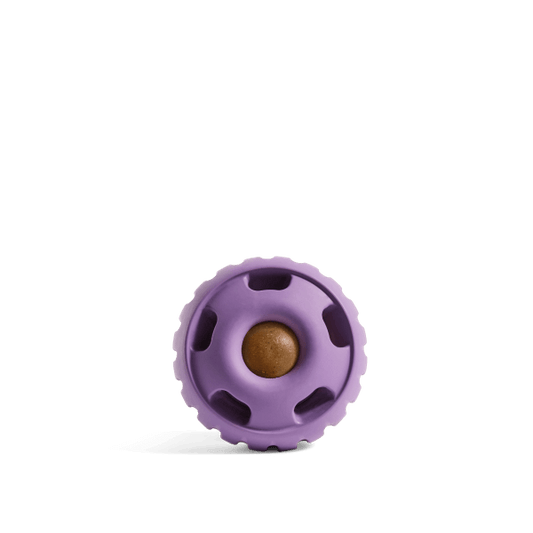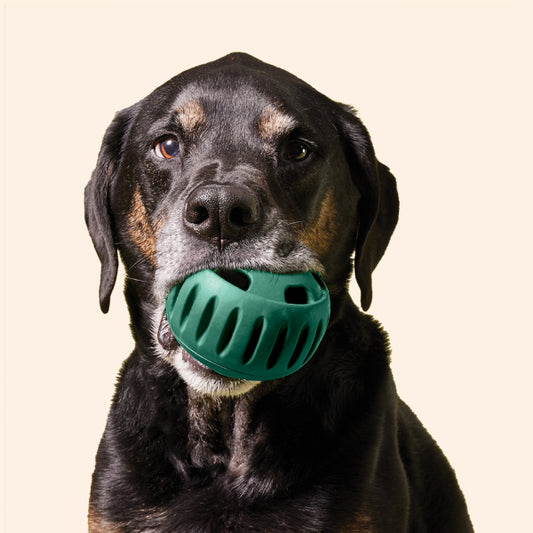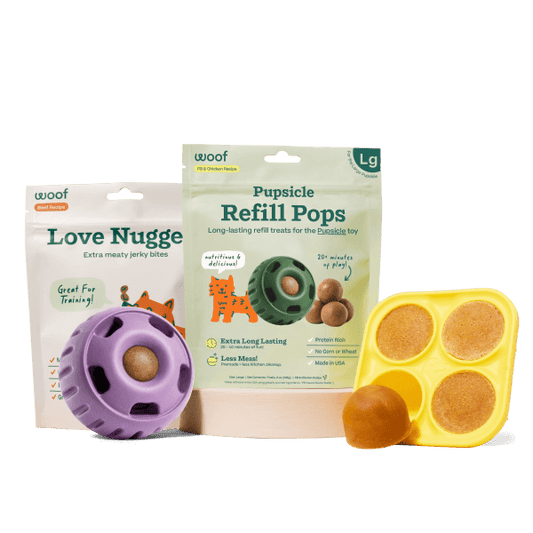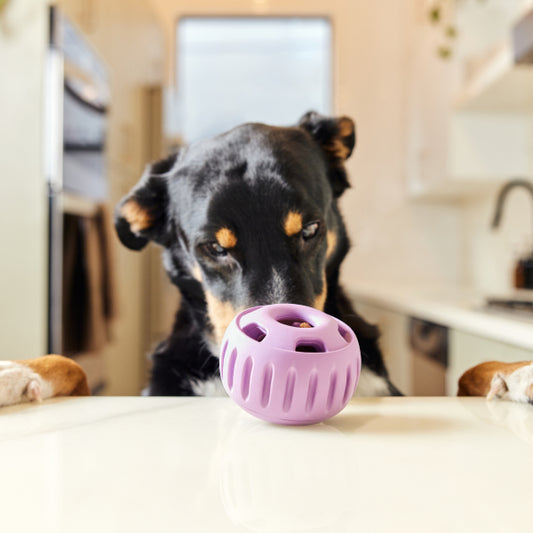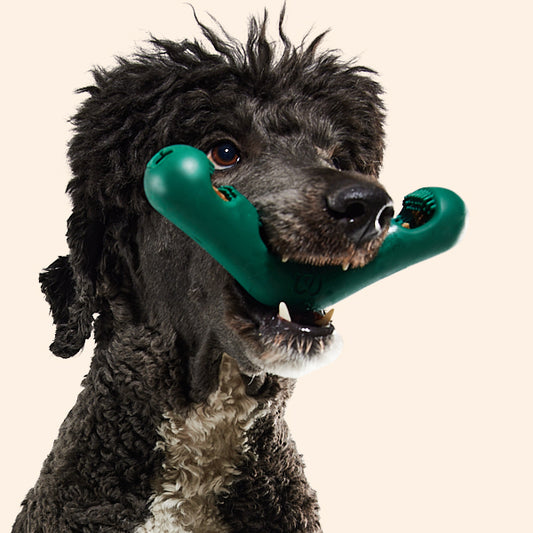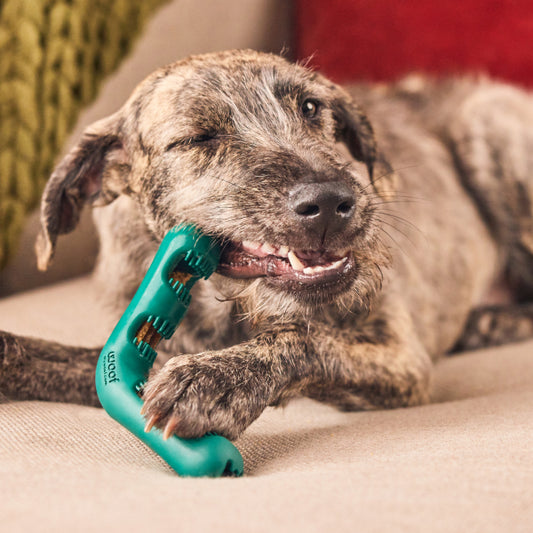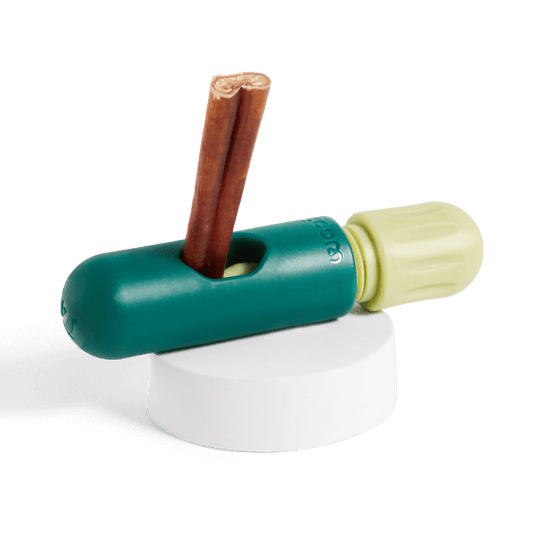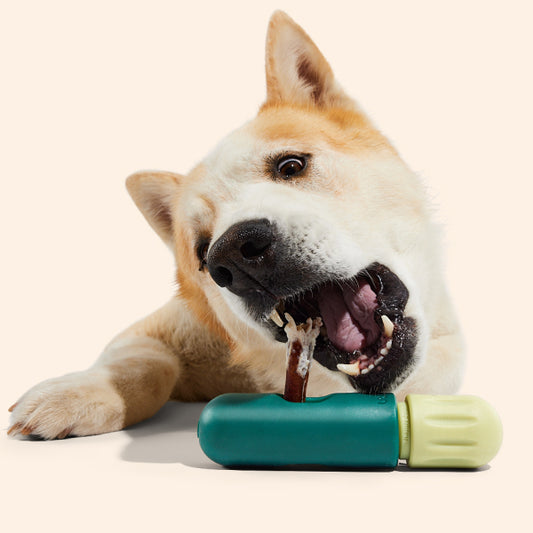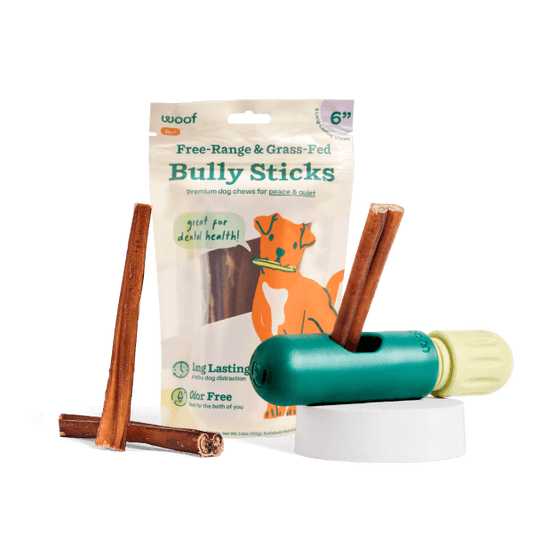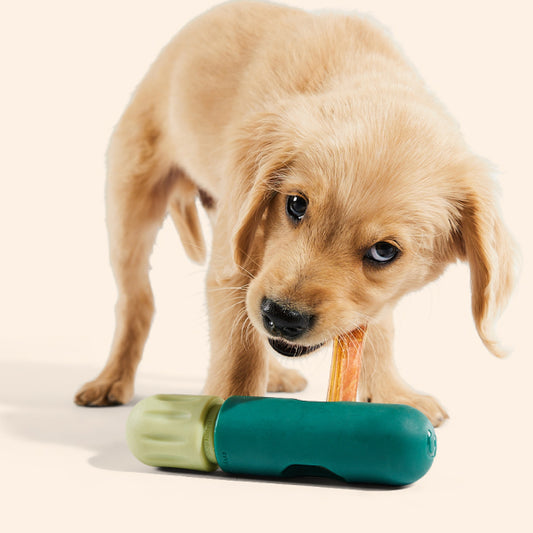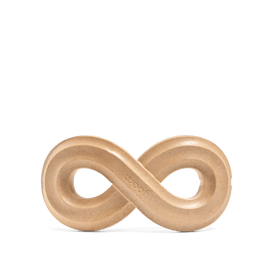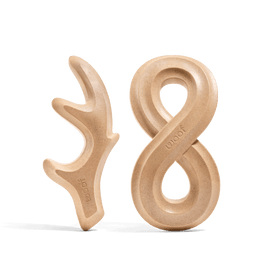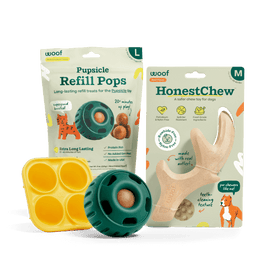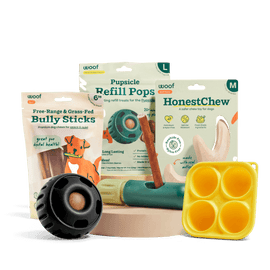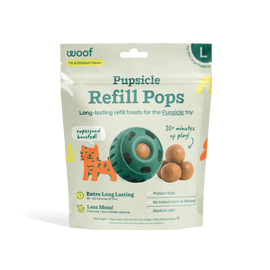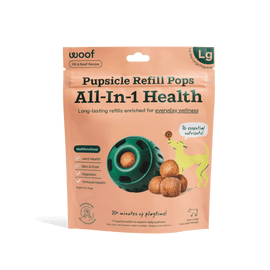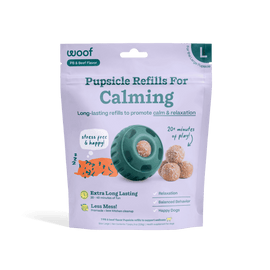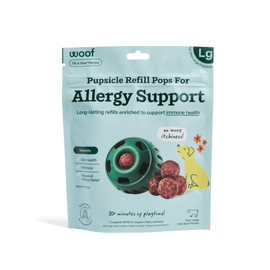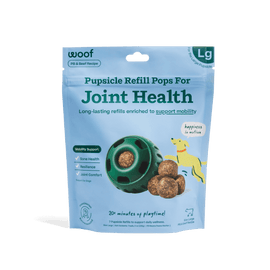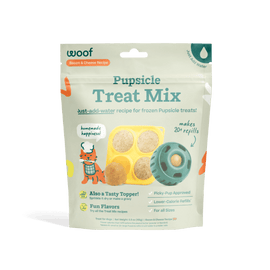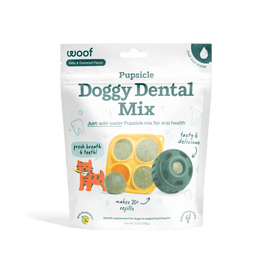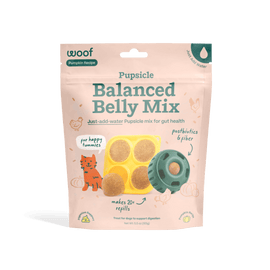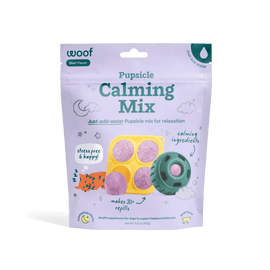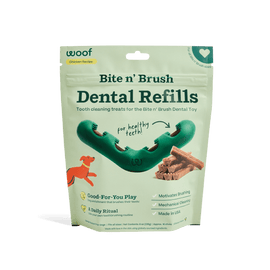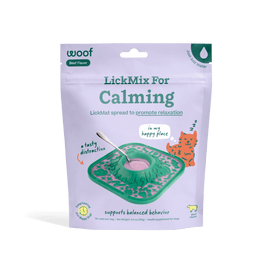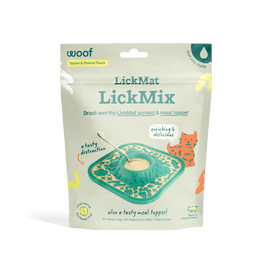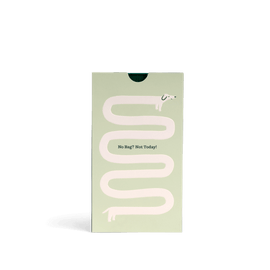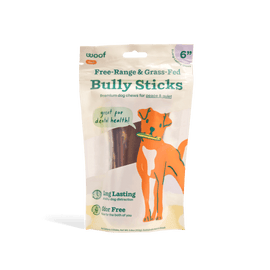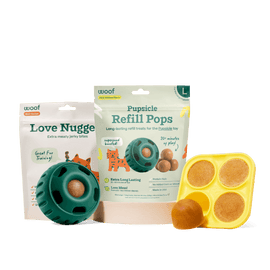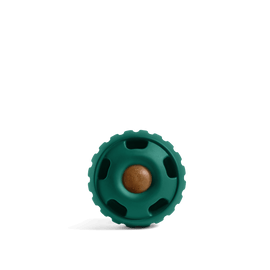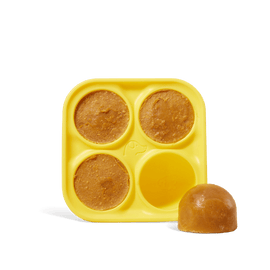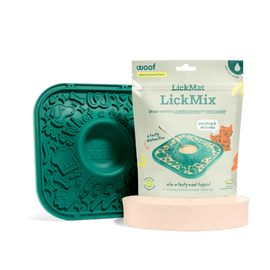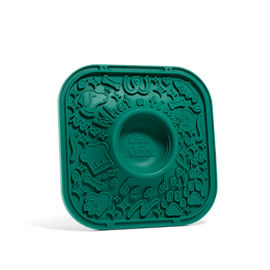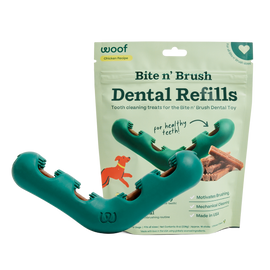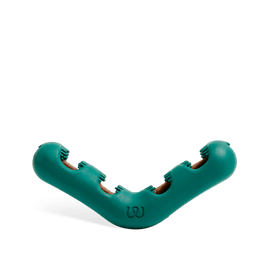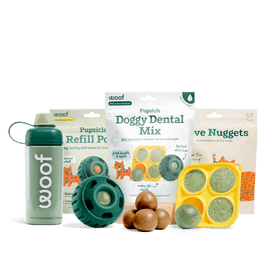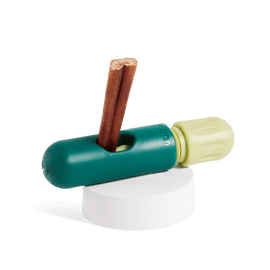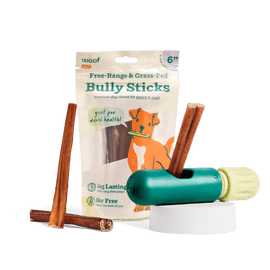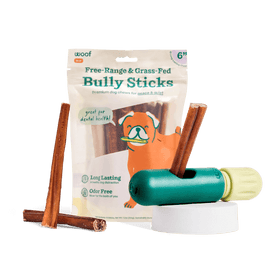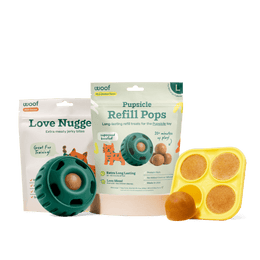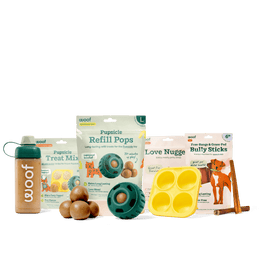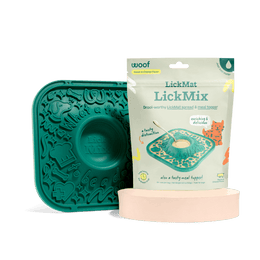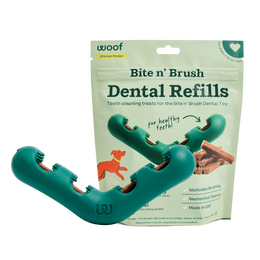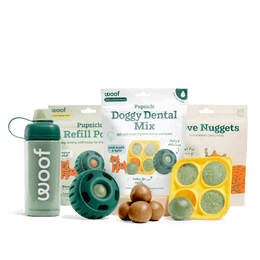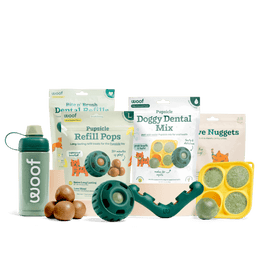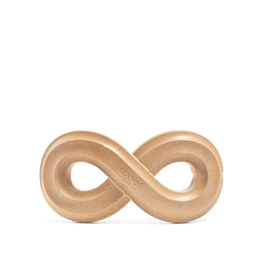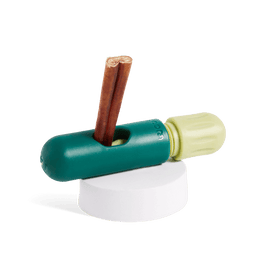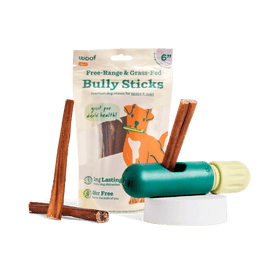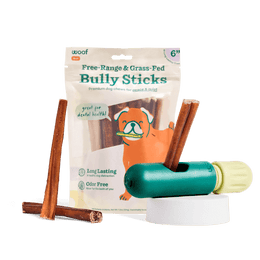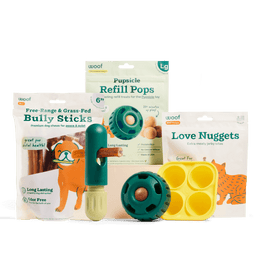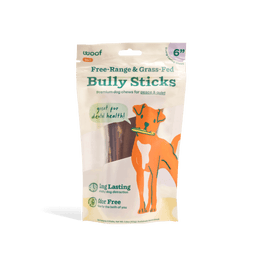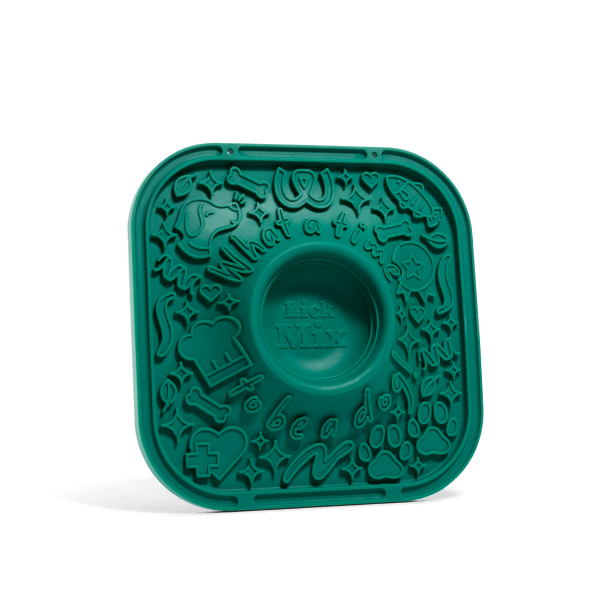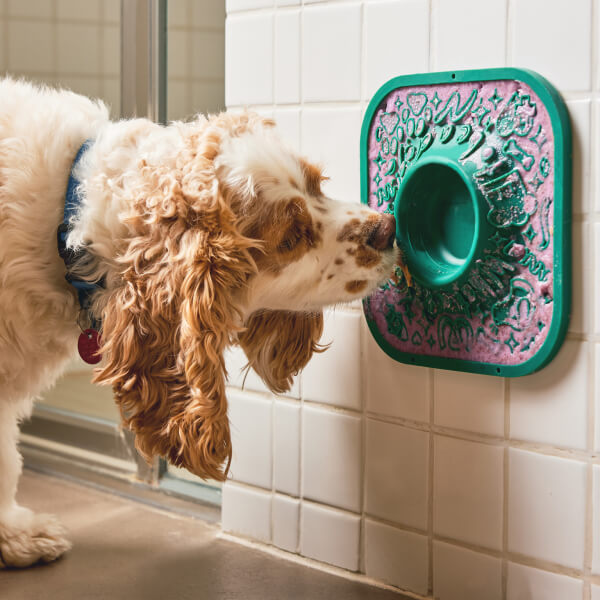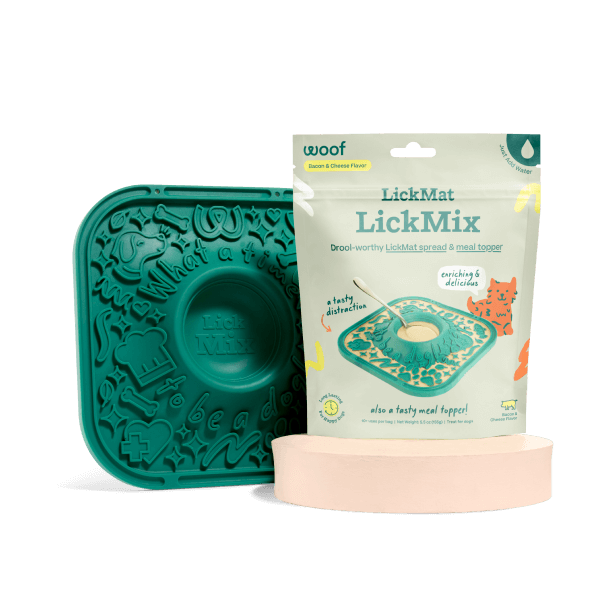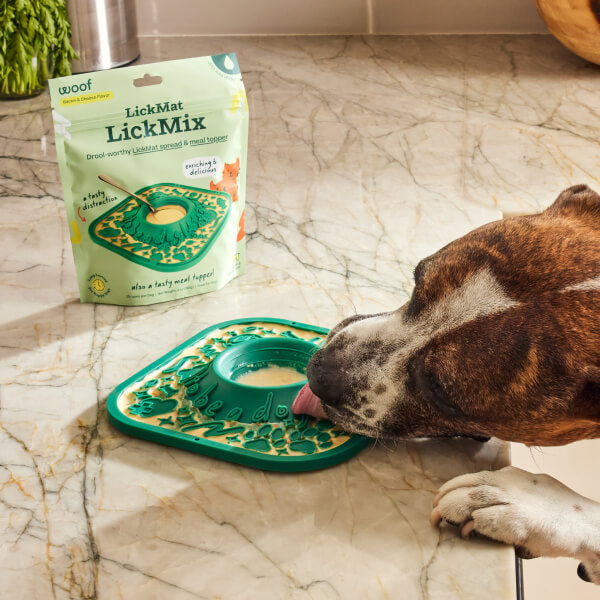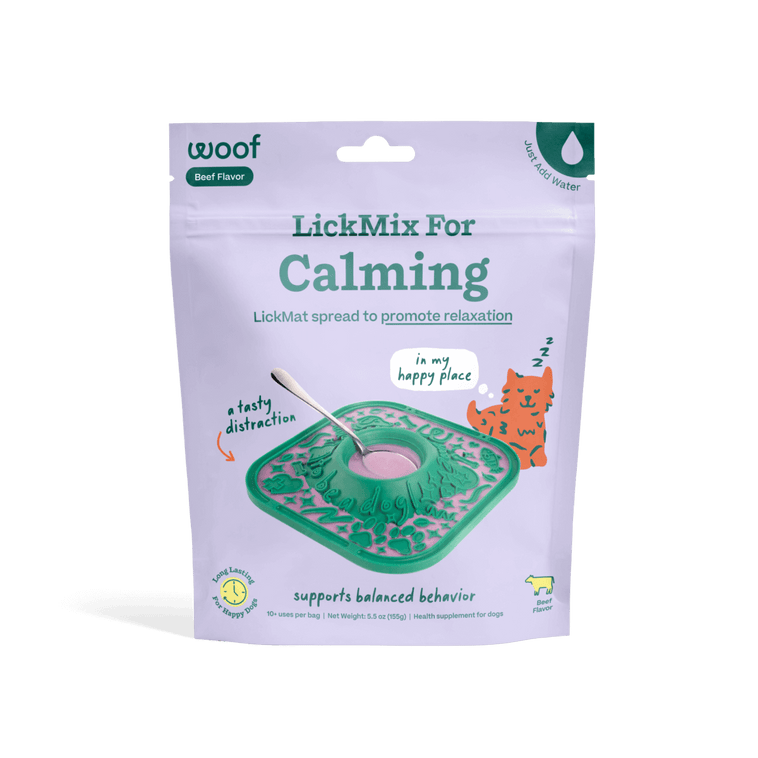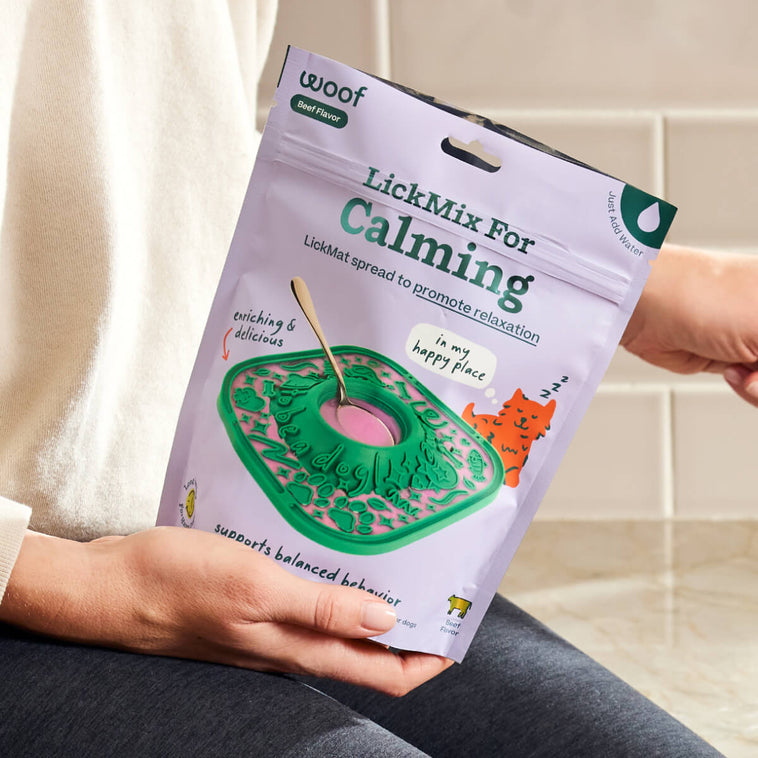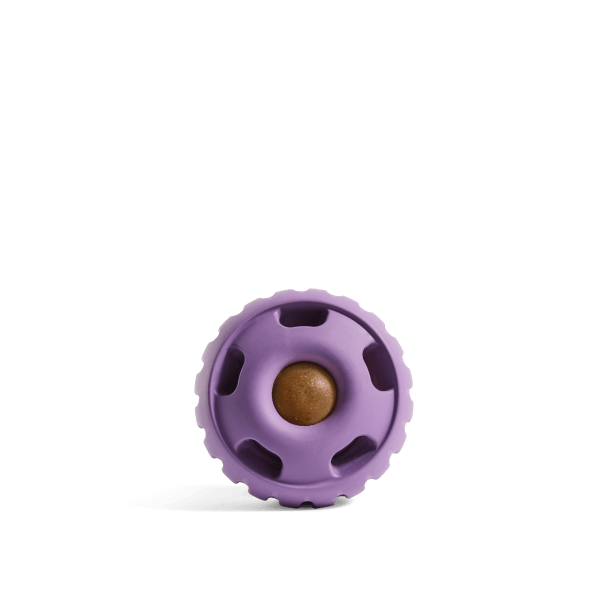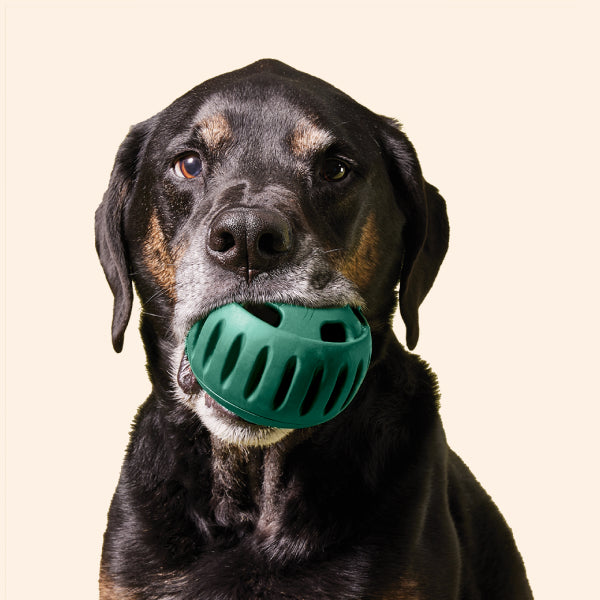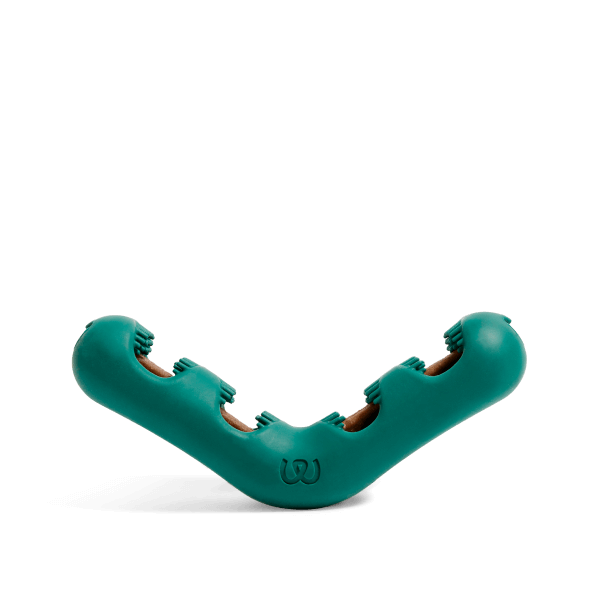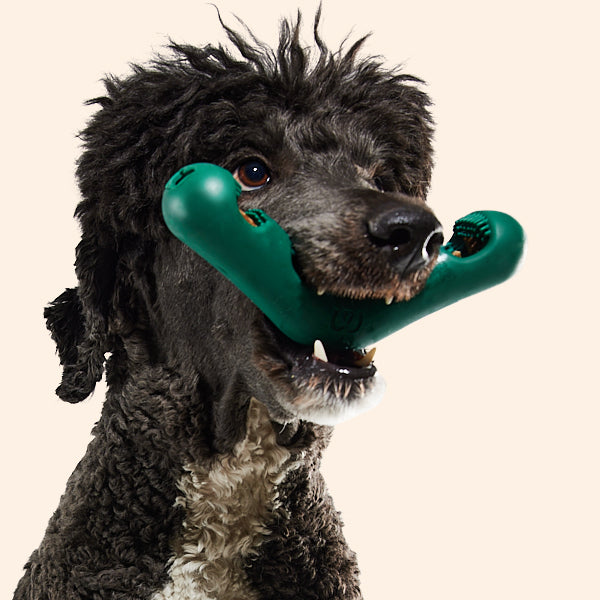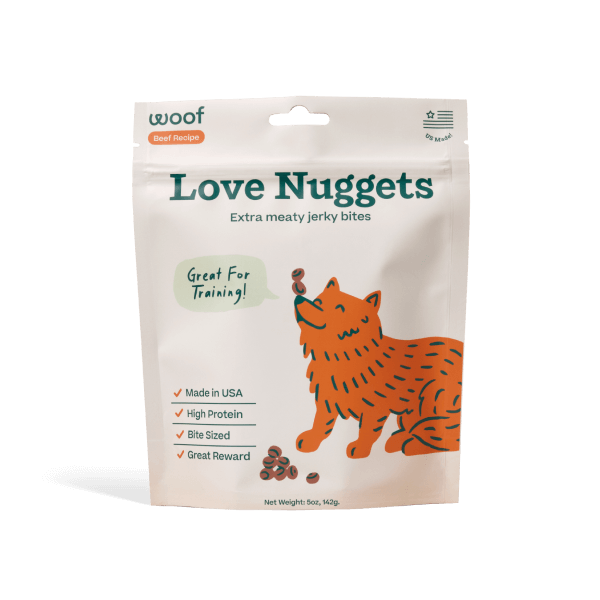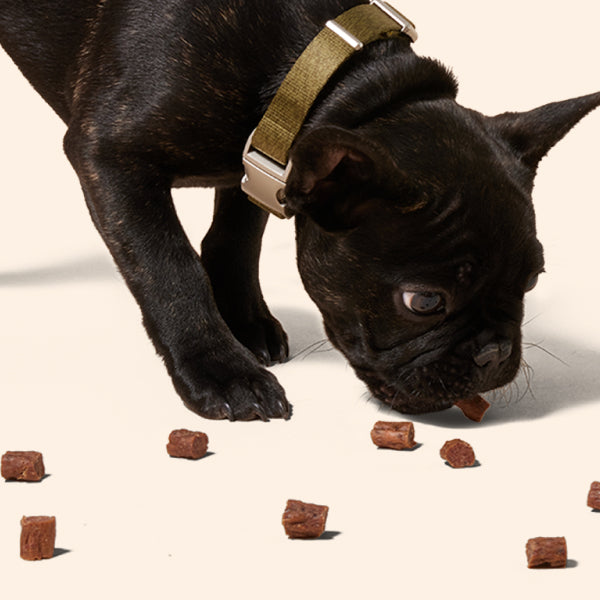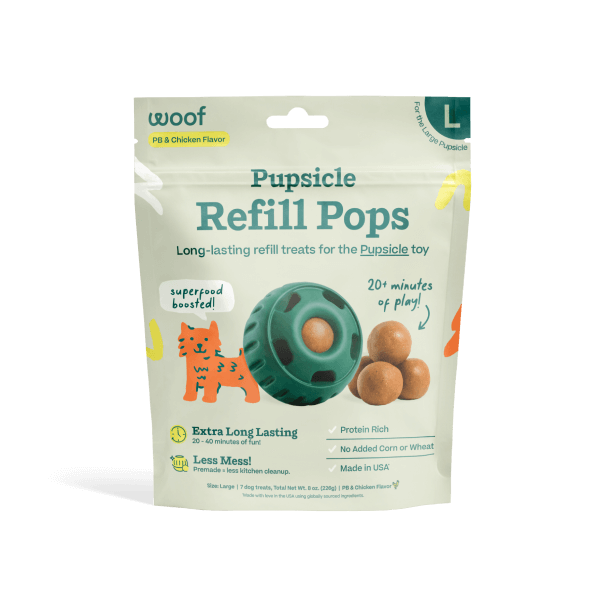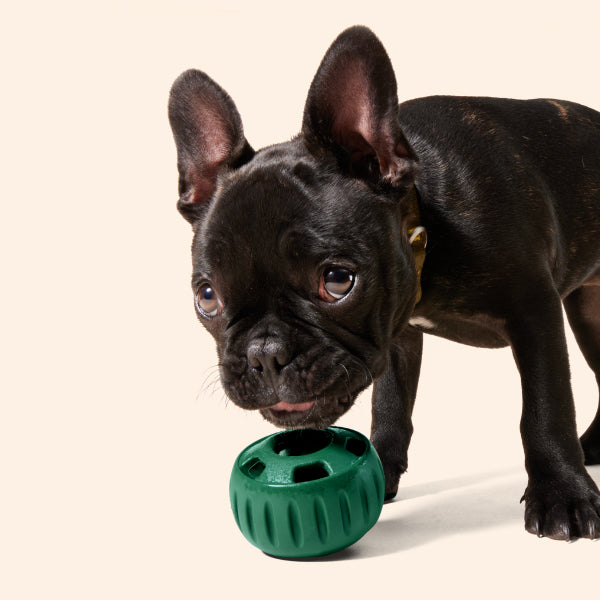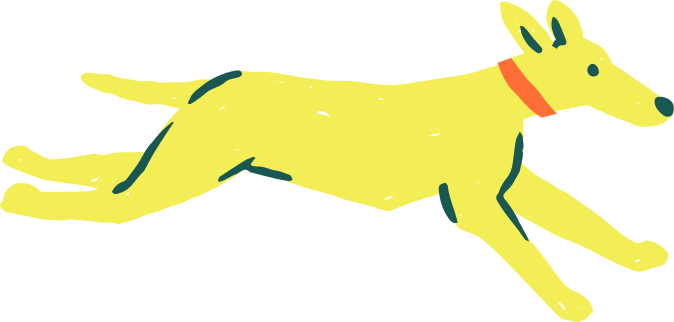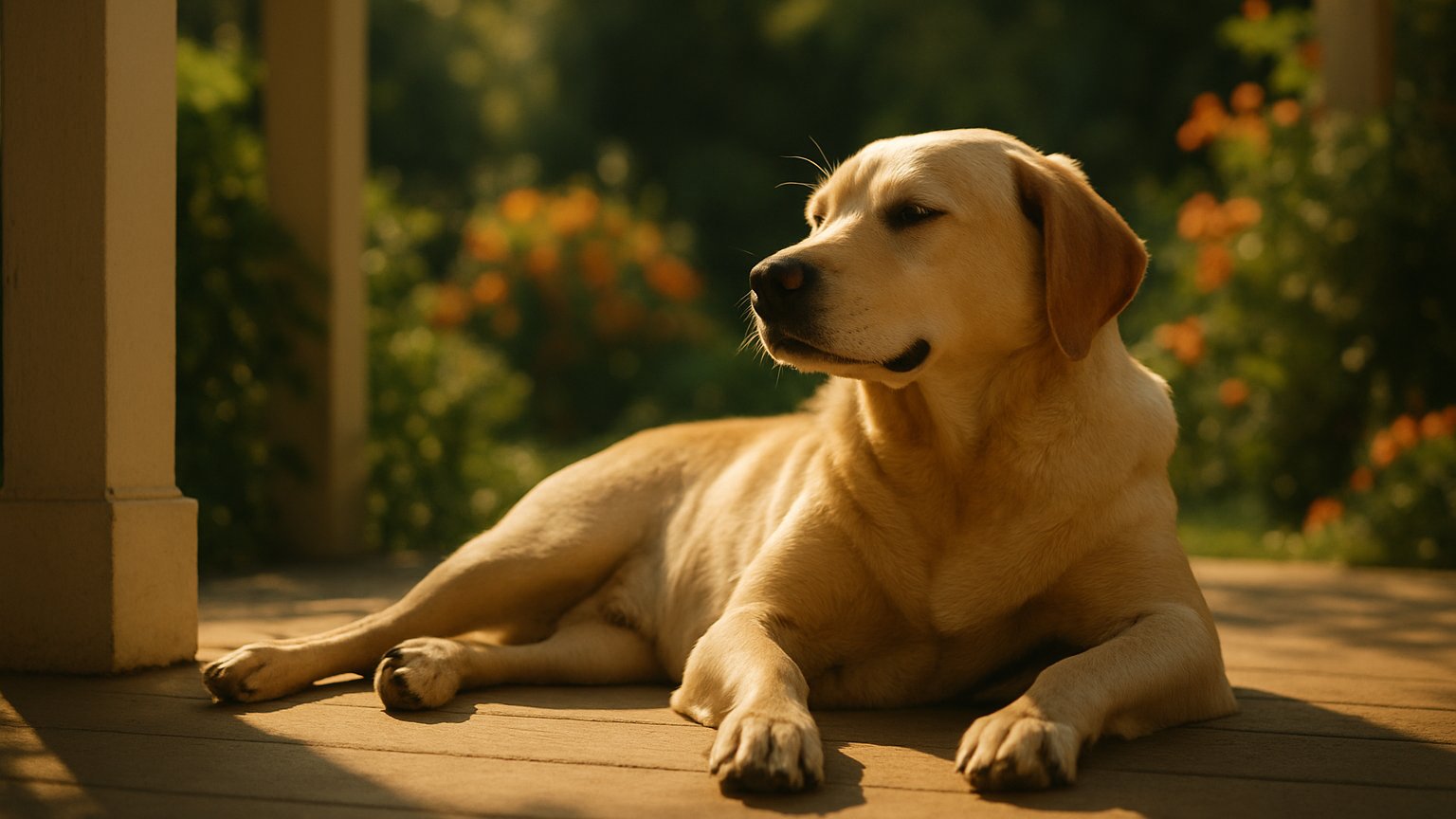
A dog’s daily life is filled with exciting sights, sounds, and smells. From energetic walks and enthusiastic greetings to the chaos of visitors, car rides, or even noisy city streets, it’s no wonder many pups find themselves overstimulated. Just like people, dogs can experience sensory overload and stress. That’s why decompression — the process of unwinding physically and mentally — is such a critical part of your dog’s routine. Learning how to help your furry companion properly decompress can prevent anxiety, support good behavior, and improve their overall well-being. In this guide, we’ll explore why decompression matters, practical strategies to help, and the best tools and products to make your dog’s downtime truly restorative.
Why Do Dogs Need To Decompress?
Dogs thrive on stimulation, but too much of it can be harmful. Overexposure to activity, people, or other pets can trigger stress responses like pacing, barking, whining, or even destructive behavior. Decompression allows your dog to return to a balanced state by lowering their heart rate, relaxing their muscles, and helping them feel safe. This downtime is especially important after:
- Training sessions: Intense mental work can be just as tiring as physical play.
- Dog park visits: While fun, they can be socially overwhelming.
- Vet appointments or grooming: These environments can cause stress, even for calm dogs.
- Travel or big changes: Moving homes, guests visiting, or loud celebrations often disrupt your dog’s sense of security.
By offering structured decompression, you’ll help your pup avoid burnout, improve sleep quality, and maintain a happier, more relaxed demeanor.
Creating A Calming Environment
The foundation of decompression is a safe, quiet space your dog associates with peace. Ideally, this area should be separate from high-traffic household zones. Try these strategies:
- Designate a retreat: A cozy crate with a blanket or a quiet corner with a soft bed can become your dog’s sanctuary.
- Minimize sensory input: Keep lights dim, reduce loud noises, and discourage excessive activity nearby.
- Provide enrichment that soothes: Products like the LickMat or the LickMat Starter Pack are excellent because licking is a self-soothing activity that releases endorphins. Pair them with Calming LickMix for an even deeper relaxation effect.
Think of this space as your dog’s personal “spa zone,” where they can recharge without interruption.
Use Calming Products
Not all dogs can relax on their own, especially if they’re naturally anxious or recovering from a stimulating day. That’s where calming products shine. Consider:
- LickMix & LickMat: A great way to let your pup lick their stress away.
- The Pupsicle: A refillable treat dispenser that doubles as a long-lasting distraction while promoting calm chewing behavior.
Combining comfort with wellness products can transform a tense pup into one that is physically comfortable and emotionally at ease.
Balance Physical Activity and Mental Stimulation
True decompression doesn’t mean eliminating activity altogether. In fact, providing the right type of stimulation before rest can make relaxation easier. Short, calm walks at a comfortable pace allow dogs to sniff and explore — a natural stress-reliever often referred to as a “sniffari.” Avoid high-energy activities like rough play or long runs if the goal is to settle your pup afterward.
For mental engagement that doesn’t overstimulate, try puzzle toys or dual-purpose solutions like The Bite n’ Brush, which promotes dental health while keeping your dog engaged in a soothing, controlled way.
Additional Techniques To Help Your Dog Relax
Beyond products and spaces, there are hands-on methods you can use to help your dog decompress:
- Gentle massage: Slow strokes along the back and shoulders can reduce tension.
- Calming music: Classical music or playlists designed for dogs can lower stress levels.
- Routine: Predictable daily schedules make decompression easier, as dogs thrive on consistency.
- Aromatherapy: Dog-safe calming sprays or diffusers with scents like lavender may promote a soothing environment.
Final Thoughts on Decompression
Helping your dog decompress is about more than giving them “time off.” It’s an intentional process that acknowledges their emotional and physical needs. By creating a calming environment, using thoughtful products, balancing activity with rest, and introducing relaxation techniques, you can give your dog the gift of balance. The result? A happier, healthier pup who feels safe and secure.
Whether it’s Love Nuggets for a simple comfort treat or Pupsicle Pops for a fun decompression ritual, the tools are available to help your dog thrive. Next time your pup seems overstimulated, you’ll know exactly how to guide them back to calm.
